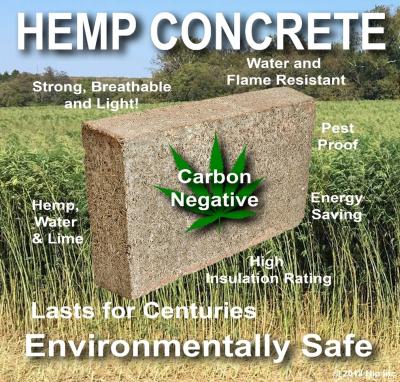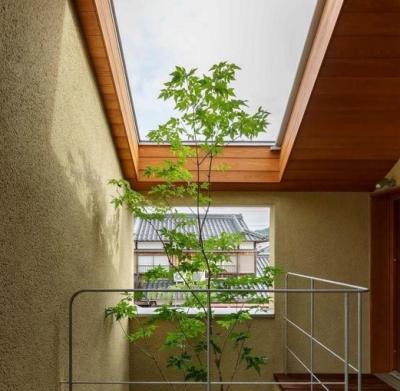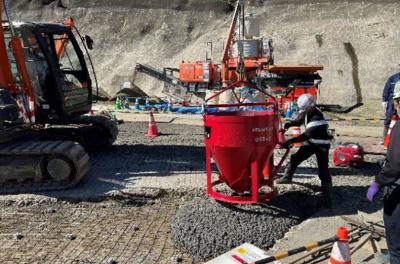

Slip resistance is a critical factor when selecting floor tiles for areas with a high risk of slipping, such as swimming pools, bathrooms, public lobbies, or sloped surfaces. Evaluating slip resistance cannot rely on visual inspection alone; instead, it must be conducted using standardized international testing methods [1].
Currently, there are four commonly recognized testing methods worldwide. Each method reflects a different aspect of real-world usage. This article will help you understand each method in detail—including the test procedure, applicable standards, measurement scale, and appropriate applications.
Below are the four most commonly used slip resistance testing methods today

Pendulum Test (British Pendulum Tester):
Measures slip resistance through the energy loss of a rubber slider mounted on a swinging pendulum. Common in the UK, Australia, and Singapore.

Tribometer Test – DCOF (Dynamic Coefficient of Friction):
Measures the dynamic friction between tile surfaces and rubber soles using specialized devices. Common in the US and Canada.

Surface Roughness Test – Rz:
Evaluates surface texture to indirectly estimate slip resistance. Often used for quality control in manufacturing.



Standards: DIN 51130 (shod foot); DIN 51097 (barefoot)
Purpose: Assess slip resistance on inclined surfaces
Procedure: A person walks on a surface with increasing slope until slippage occurs
Measurement Scale:
DIN 51130: R9 to R13 (R13 = highest slip resistance, >35° angle)
DIN 51097: A, B, C (C = highest level for barefoot areas)
Advantages: Realistic simulation of human motion
Disadvantages: Costly, not practical on-site, depends on human subjectivity [1], [2]

Standards: BS EN 13036-4, ASTM E303, AS 4586
Purpose: Simulates heel strike and sliding on wet or dry surfaces
Procedure: A pendulum with a rubber slider swings across the tile surface, measuring energy loss
Measurement Scale (PTV – Pendulum Test Value):
25: High slip risk
25–35: Moderate risk
36–44: Moderate safety
≥45: High safety
Advantages: Represents real walking behavior; portable for field testing
Disadvantages: Sensitive to environmental conditions [1], [3]

Standards: ANSI A326.3 (USA); tested using BOT-3000E equipment
Purpose: Measures dynamic friction while walking on wet tiles
Procedure: The equipment drags a rubber pad across a wet surface and calculates the DCOF
Measurement Scale:
DCOF ≥ 0.42 (wet condition): considered safe under ANSI standard
Advantages: Accurate and quantifiable results
Disadvantages: Does not simulate human gait behavior; equipment is expensive [1], [4]

Standard: ISO 4287
Purpose: Evaluate texture to estimate slip potential
Procedure: A profilometer moves across the surface and records deviations
Measurement Scale:
Rz ≥ 10 µm: typically considered acceptable for slip resistance
Advantages: Fast and easy to apply at factories
Disadvantages: Does not account for real-life conditions (wetness, oil, slope) [1]
The Ramp Test is the most realistic method as it involves human subjects. It is ideal for inclined, oily, or wet areas such as industrial kitchens or swimming pools. However, due to its complexity and cost, it is rarely used outside Europe.
The Pendulum Test strikes a balance between practicality and accuracy. It is well-suited for field testing, providing objective results for both dry and wet conditions. Many countries use it as a legal or regulatory standard.
The Tribometer – DCOF test is particularly favored in the US for its clarity in defining thresholds (e.g., DCOF ≥ 0.42). Yet, it lacks real-world gait simulation and may over- or underestimate risk in complex environments.
The Surface Roughness Test – Rz is a useful quality control tool during manufacturing but should not be used as a standalone slip resistance assessment due to its limited environmental realism.
No single test method can fully assess slip resistance in all situations. Each method is designed for a different usage scenario. In practice, combining multiple indicators—such as R-Value (Ramp), DCOF (Tribometer), and PTV (Pendulum)—offers a more comprehensive understanding of tile safety.
For residential, commercial, or public spaces, stakeholders are encouraged to request certified slip resistance test results from at least one of the above methods—particularly DCOF or Pendulum, which are widely accepted across international markets.
[1] Tile Council of North America, TCNA Handbook for Ceramic, Glass, and Stone Tile Installation, 2024. [Online]. Available: https://www.calameo.com/read/006507186b2596f3525e4
[2] A. Terjék and A. Dudás, “Ceramic Floor Slipperiness Classification – A new approach for assessing slip resistance of ceramic tiles,” Construction and Building Materials, vol. 164, pp. 809–819, 2018. [Online]. Available: https://doi.org/10.1016/j.conbuildmat.2017.12.242
[3] ASTM International, “ASTM E303‑22: Standard Test Method for Measuring Surface Frictional Properties Using the British Pendulum Tester,” 2022. [Online]. Available: https://www.astm.org/e0303-22.html
[4] Tile Council of North America, “ANSI A326.3‑2021: Dynamic Coefficient of Friction (DCOF) of Hard Surface Flooring Materials,” 2021. [Online]. Available: https://webstore.ansi.org/standards/tca/ansia3262021

The News 10/11/2025
In the midst of the hustle and bustle of urban life, many Vietnamese families are looking for a different living space – where they can enjoy modernity without being far from nature. Tropical Modern villa architecture is the perfect answer to this need. Not only an aesthetic trend, this is also a smart design philosophy, harmoniously combining technology, local materials and Vietnam's typical tropical climate.

The News 25/10/2025
Hemp-lime (hempcrete) is a non-load-bearing covering material consisting of a hemp wood core (hemp shiv/hurd) combined with a lime-based adhesive, outstanding for its insulation – moisture conditioning – indoor environmental durability; in particular, IRC 2024 – Appendix BL has established a normative line applicable to low-rise housing, strengthening the technical-legal feasibility of this biomaterial.

The News 11/10/2025
Amid rapid urbanization and global climate change, architecture is not only construction but also the art of harmonizing people, the environment, and technology. The Bahrain World Trade Center (BWTC)—the iconic twin towers in Manama, Bahrain—is a vivid testament to this fusion. Completed in 2008, BWTC is not only the tallest building in Bahrain (240 meters) but also the first building in the world to integrate wind turbines into its primary structure, supplying renewable energy to itself [1]. This article explores the BWTC’s structural system and design principles, examining how it overcomes the challenges of a desert environment to become a convincing sustainable model for future cities. Through an academic lens, we will see that BWTC is not merely a building but a declaration of architectural creativity.

The News 04/10/2025
As buildings move toward net zero architecture and glare free daylighting, traditional glass façades reveal limitations: high thermal conductivity (~0.9–1.0 W/m·K), susceptibility to glare, and shattering on impact. In this context, transparent wood (TW) is emerging as a multifunctional bio based material: it offers high light transmission yet strong diffusion (high haze) to prevent glare, lower thermal conductivity than glass, and tough, non shattering failure. Recent reviews in Energy & Buildings (2025) and Cellulose (2023) regard TW as a candidate for next generation windows and skylights in energy efficient buildings. [1]

The News 27/09/2025
Urban flooding is one of the greatest challenges of the modern era, when sudden and unpredictable rainstorms can paralyze entire cities. Few would imagine that over a thousand years ago, people had already discovered a sustainable solution: the Fushougou drainage system in the ancient city of Ganzhou, Jiangxi. Built during the Northern Song dynasty, this project remains effective to this day, protecting the city from floods—even during historic deluges. The story of Fushougou is not only a testament to ancient engineering but also a valuable reference for today’s cities seeking answers to water and flooding problems.

The News 20/09/2025
The construction industry is currently facing immense pressure to reduce carbon emissions, as concrete is not only one of the most widely used materials but also a major source of CO₂ due to its reliance on Portland cement. In response, Shimizu Corporation has conducted extensive research to develop sustainable material solutions aimed at achieving carbon neutrality. One of the most remarkable outcomes is carbon-negative concrete, which partially replaces cement and aggregates with biochar. This biochar is produced from sawdust through a carbonization process and has the unique ability to retain a significant amount of carbon that would otherwise be released into the atmosphere through natural decomposition or combustion. Thanks to this property, carbon-negative concrete not only maintains the necessary mechanical strength for construction but also directly contributes to reducing greenhouse gas emissions. This innovation is considered a promising step that opens new directions for the advancement of green construction in Japan and worldwide.